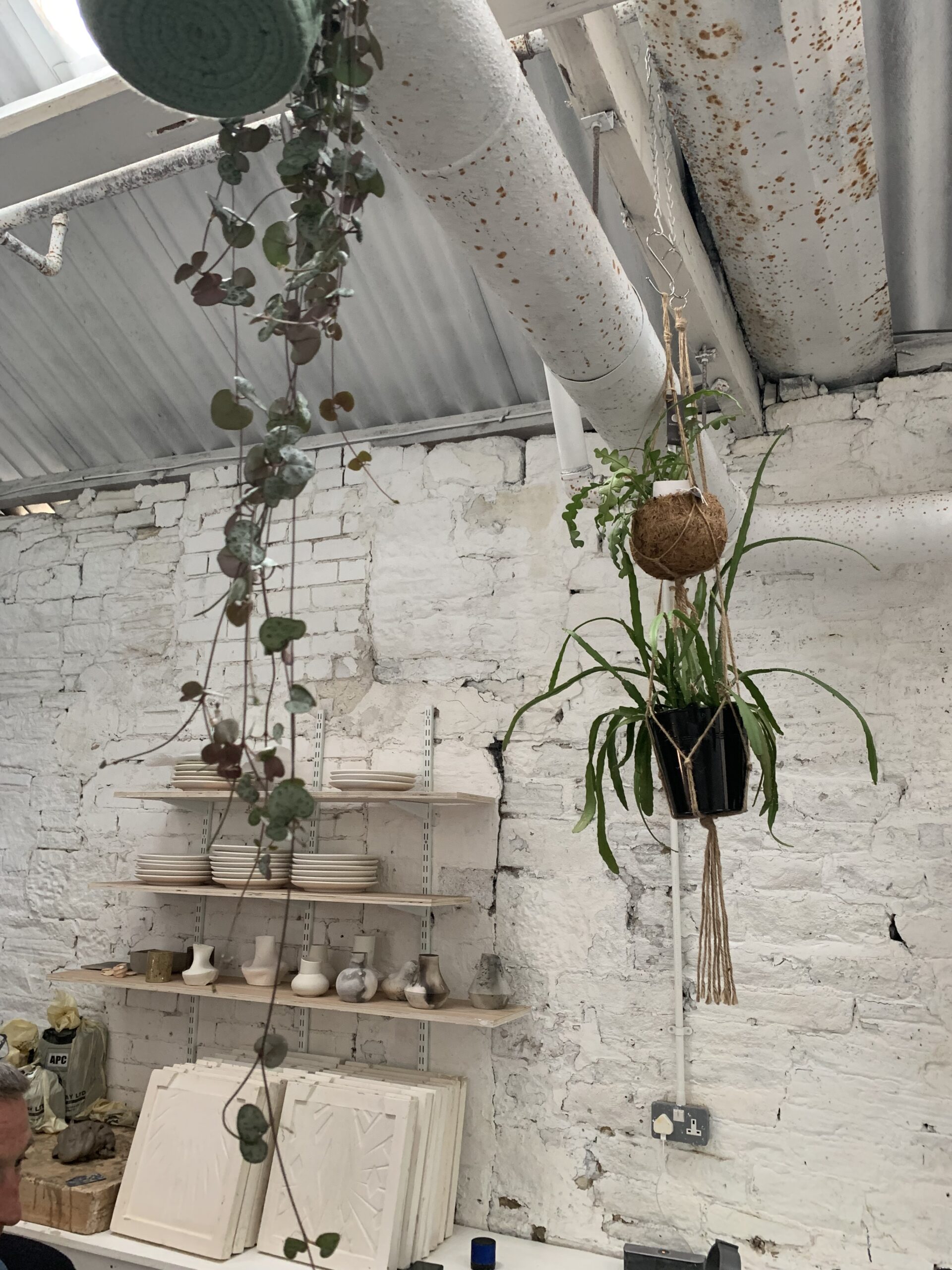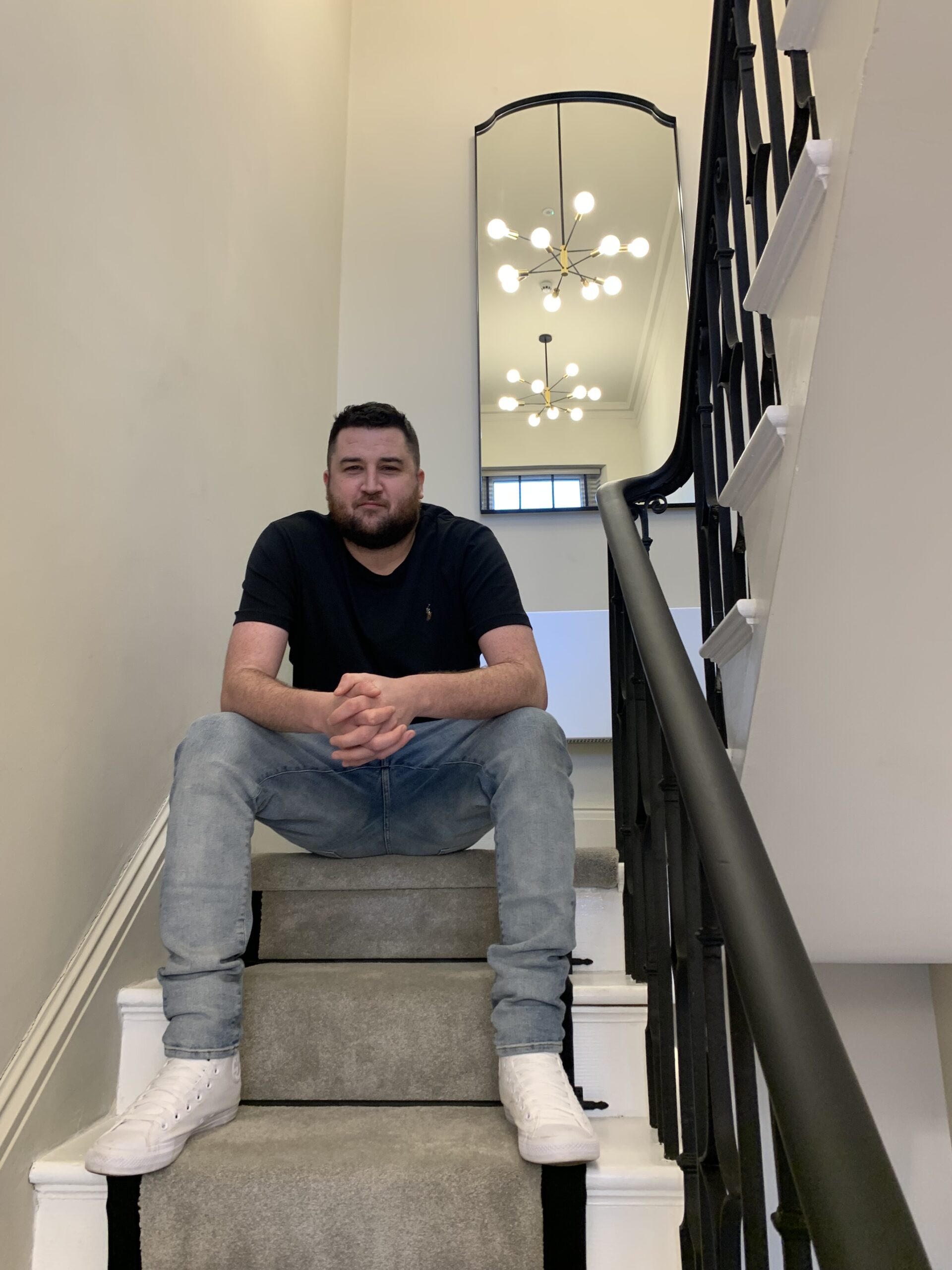Instagram: @carlybreameceramics
For the past two years, Carly Breame has been traveling regularly to Umbria, Italy, to participate in an artist residency program focused on material research. This program, called “Material,” brings together artists, geographers, historians, and other professionals to explore the materials unique to the region.
Umbria, particularly the town of Deruta, is known for its rich ceramic history. Deruta, once bustling with artisans, has seen a decline in production, with 60% of artisans disappearing since 2008. Her work there has been to explore the potential of local materials for ceramics and to envision the future of the craft.
She has conducted extensive research into the region’s clay deposits, uncovering several unique sources from riverbeds, landslides, and quarries. One memorable experience involved visiting a massive brick and tile factory with Europe’s largest kiln. She began using leftover clay from this factory, repurposing it for her work.
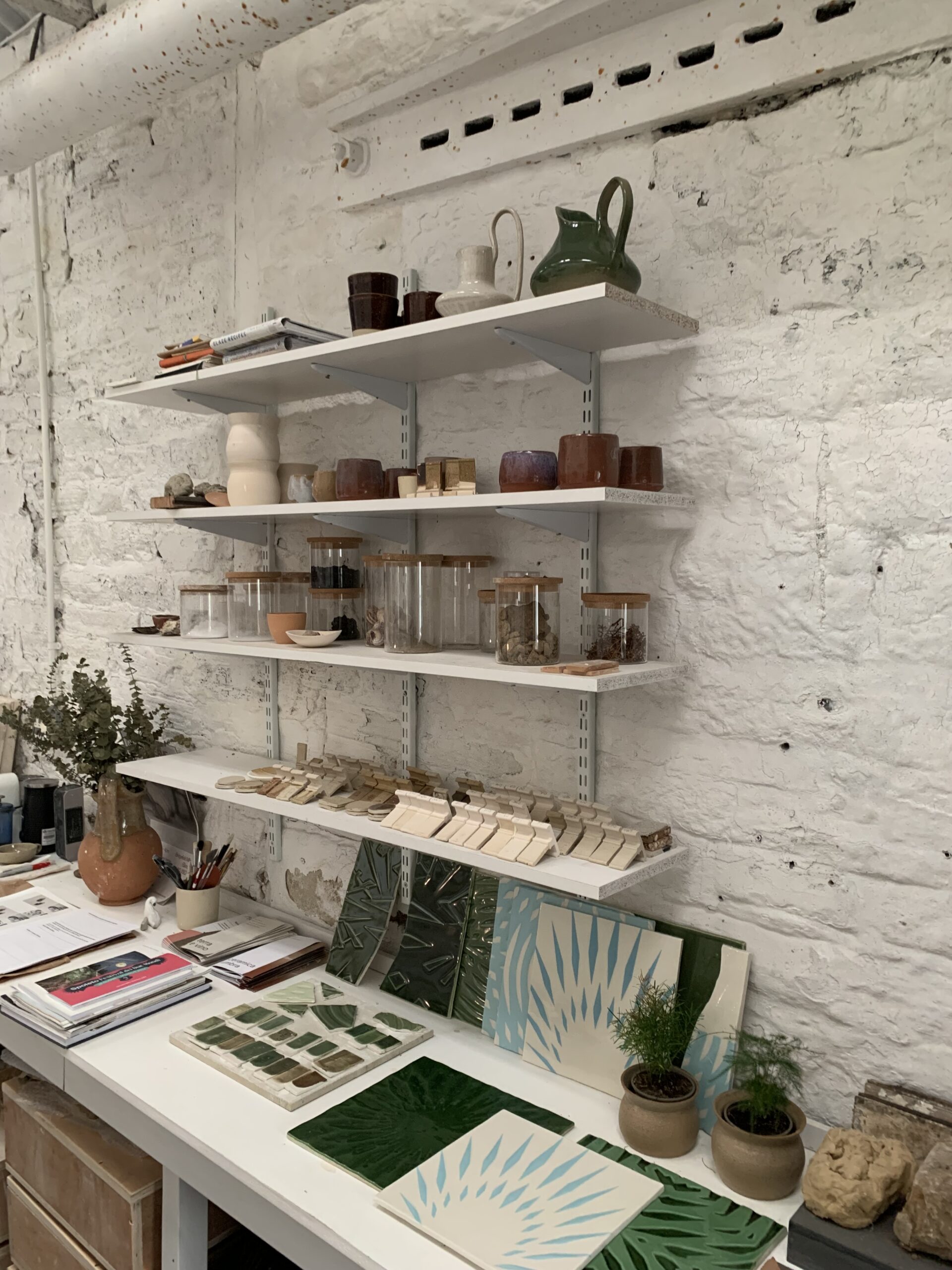
The region is also famous for its Sagrantino wine, and she experimented with creating glazes from dried wine grapes. Additionally, Carly developed a glaze using snail shells, which are abundant in the area. Over the years, she has been working towards creating a collection of Umbrian ceramics, intended for use in local restaurants and vineyards. Although the project has faced delays, including a broken kiln, Carly recently held an open studio event during a town festival, showcasing her work and engaging the community in the creative process.
I sat down with Carly at her studio at Bridgefield Mills, Elland, West Yorkshire passing through Project Colt to talk about her craft, been a researcher and what its like having her studio back home in Yorkshire.
How would you best describe being a material researcher and ceramist?
My work is highly varied. Although I primarily identify as a ceramist due to my focus on ceramics, my role extends beyond that. My master’s degree was in material futures, researching new materials. The majority of my work, both for myself and others, is deeply rooted in material research. It’s more scientific than just producing ceramics. I don’t simply buy off-the-shelf materials; I explore how materials can be used more effectively and with greater environmental consciousness. My previous job involved developing climate impact tools to measure material impact, so material research has always been central to my work. It’s challenging to categorize my role under one title; I can’t just say I’m a ceramist because I spend as much time researching as I do creating.
Is there a particular ceramic or raw material you enjoy working with, or do you prefer experimenting with various types?
I’m currently focusing on a collection that uses coffee husks—the shell of the coffee bean, also known as chaff. I’m developing a glaze from this material, which will be used to create a coffee cup with a coffee glaze, a plate with a shell glaze, and a wine decanter with a wine glaze. The idea is to keep the material relevant to the product it’s used for.
Can you describe your journey so far? How did your interest start, and where has it taken you?
I started with a corporate job, which I don’t regret because it allowed me to gain valuable experience before studying. I only began university at 24, after years of evening classes and courses since art was always my passion, though not initially as a career. I completed a foundation year, followed by a BA that focused on both textiles and ceramics. After a couple of years working between my BA and master’s, I had to pause my practice due to COVID. During the pandemic, I used the time to learn new software and eventually pursued a master’s degree. Afterward, I wanted to work for a while to consider my next steps. I had a research job but felt a pull back to my practice, leading me to move here.
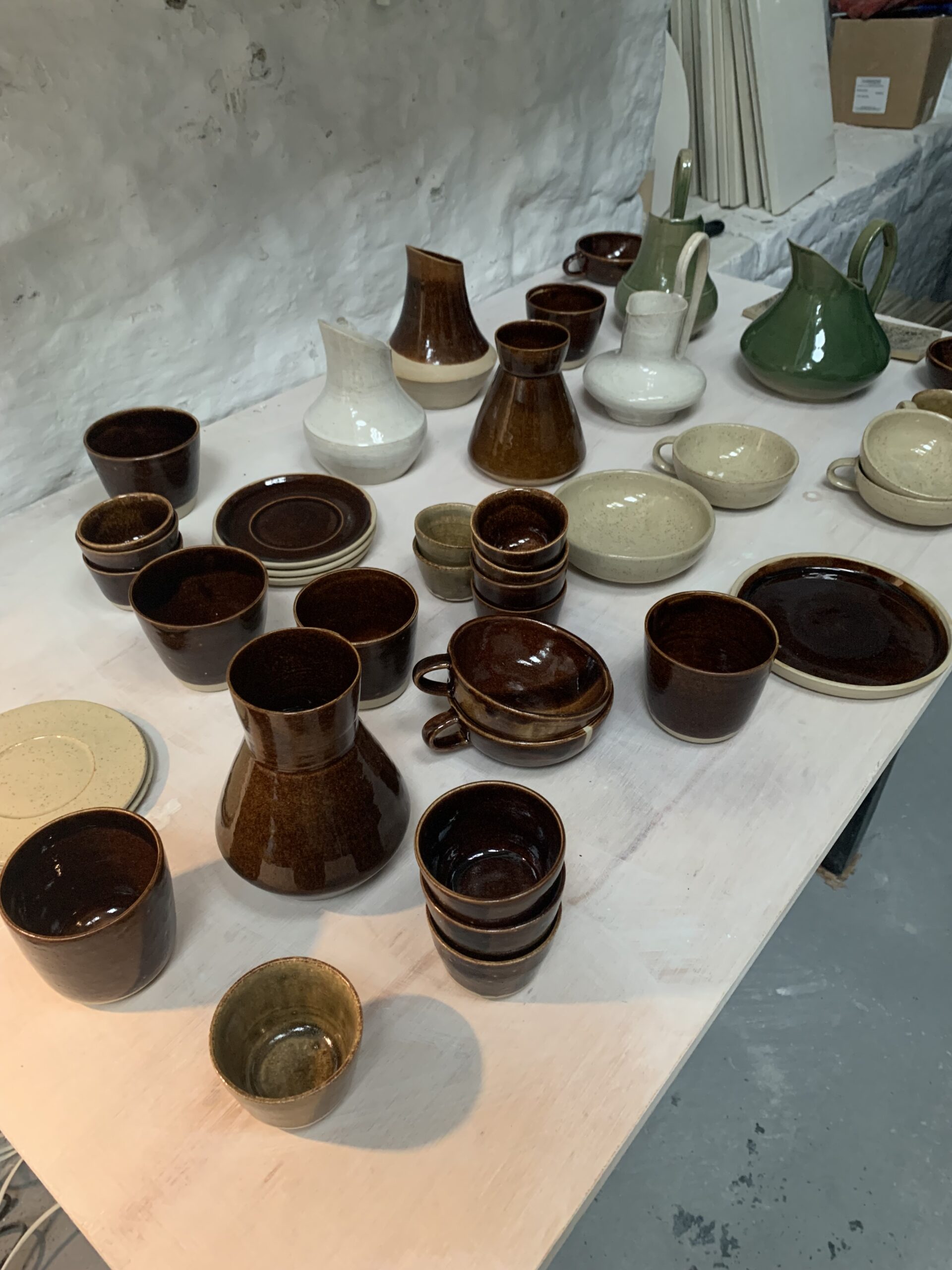
What’s your process when creating a piece? Is it research-driven, or do you work more spontaneously?
My process is always research-driven, starting with the material and its potential application to a product. It begins with understanding the material, then developing a circular system around it. For example, when working with restaurant waste, I researched how to repurpose it into new materials and decided to create four products with a circular system. The final product may be simple in shape, but the material and its story become the key selling point.
You quoted a Finnish architect on Instagram: “Working with clay is deeply holistic and meditative, engaging the body physically, mentally, and metaphorically.” Does your practice positively impact your mental health, and perhaps that of others?
Absolutely. Working with clay is holistic, especially in today’s world, where many people work at computers and feel disconnected. When working with materials, you must fully engage, leaving distractions behind. The act of throwing clay on the wheel is incredible, and I believe it’s a valuable practice for others as well. That’s why I’m teaching here—to share this experience and show that creating something tangible is rewarding. Working with clay brings out a child-like playfulness that many lose as they grow older, and it’s wonderful to see people rediscover that joy.
We’re at your studio in Bridgefield Mills, Elland, connected to Project Colt. What does it mean to you to be back in Calderdale, Yorkshire, where you grew up?
When I decided to focus on my practice, I considered setting up in London, but it was prohibitively expensive. I have ties to places like Italy, but nowhere feels like home. My decisions are always rooted in community, and my communities were in London and here. Coming back to Calderdale was a chance to reconnect with people I knew and to be surrounded by a supportive environment. Project Colt has allowed me to combine my material research with a social aspect, giving back to the community. The support here is incredible—people help out in so many ways, from sanding my kiln to volunteering weekly. It’s become about both the materials and the people involved. I’m now considering whether the project should focus not just on the materials but also on the people making them. The goal is to train others, provide opportunities, and build a strong ceramic community here.
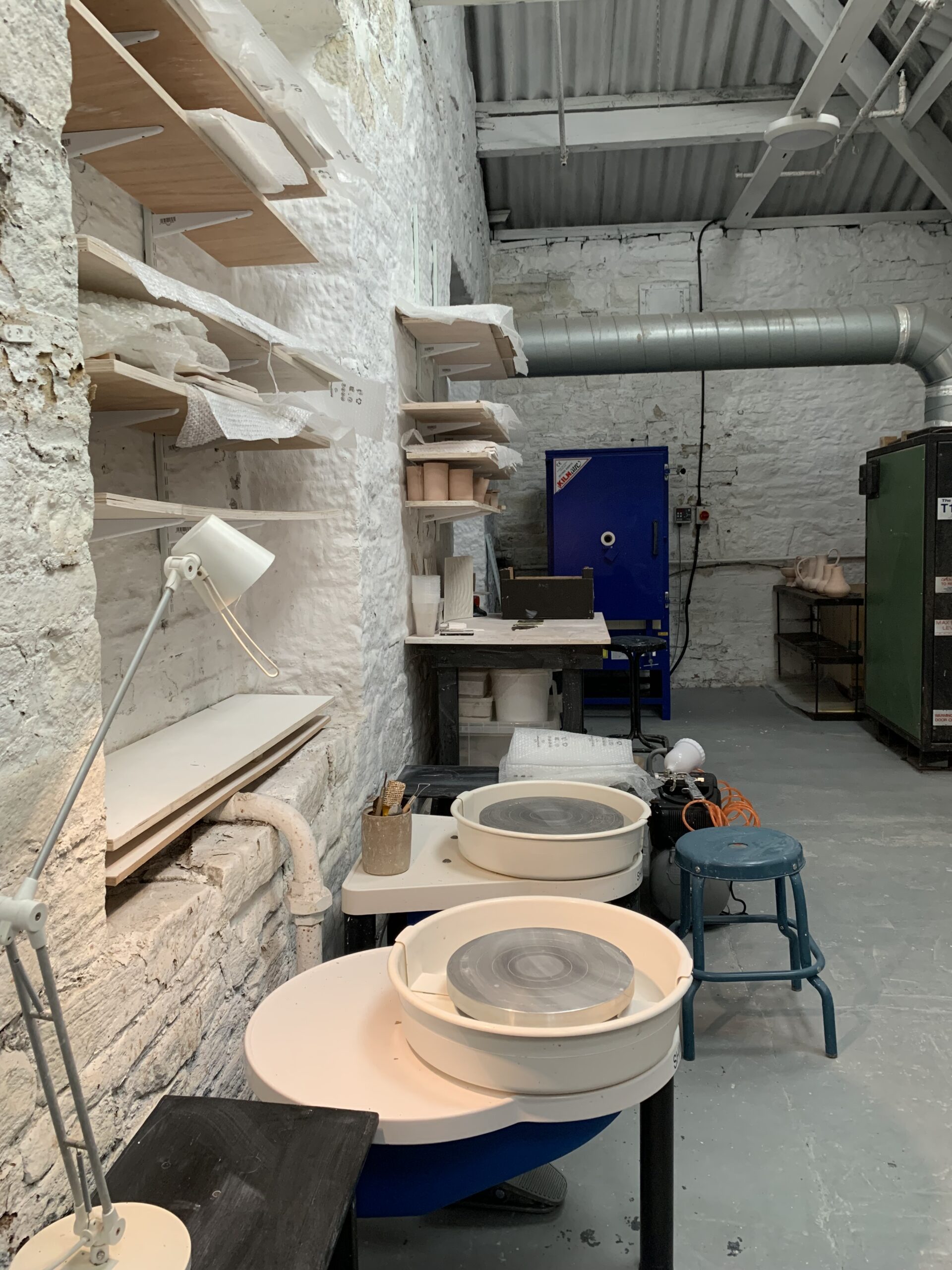
You’ve traveled recently, particularly to Italy. What has it been like researching abroad?
I love learning about different cultures, especially through food. Apart from the tile commission, which is a side project, my practice revolves around tableware because food and community are central to my work. Italy, with its deep connection to food and community, feels like home to me. The lifestyle there—where impromptu dinners with friends are the norm—is something I cherish and try to incorporate into my life. It’s about promoting a social community, something that’s often missing here. In Italy, the work-life balance and the emphasis on coming together over meals are inspiring, and it’s something I believe we should embrace more in our own communities.
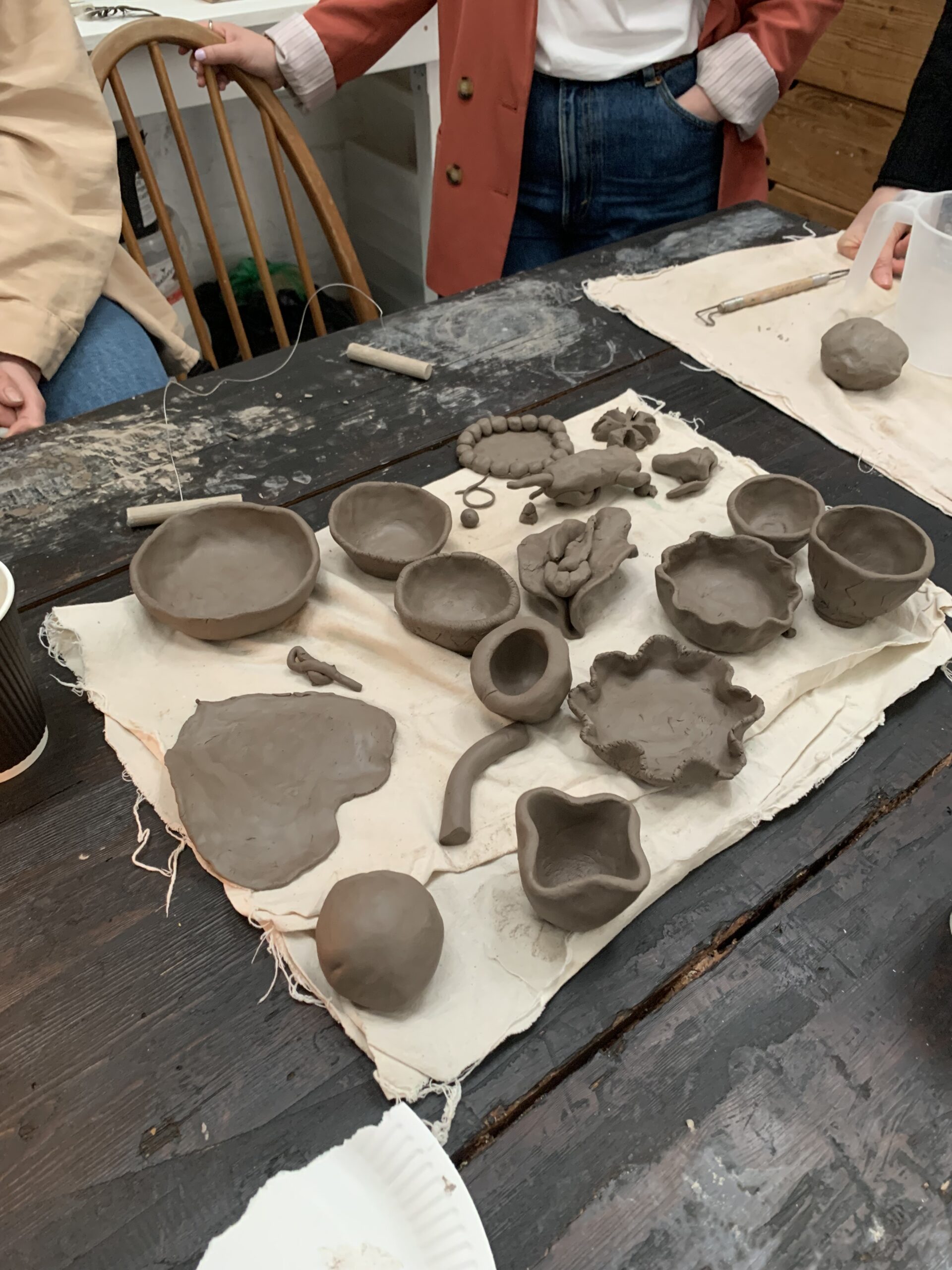
Where do you see yourself in the long-term with researching and ceramics?
In the UK, I’m focused on developing a collection that includes a coffee cup with a coffee glaze and a plate with a shell glaze, eventually expanding to a wine decanter with a wine glaze. The goal is to create a circular system where products are made from materials provided by restaurants and coffee roasters and then returned to them. I also plan to train people and set up a small production site here. Once that’s established, I can return to more research, as it’s challenging to balance creating products and conducting research simultaneously. In Italy, I’d like to work with artisans to continue producing and developing my practice there.
What makes you proud to be from Yorkshire?
The people, without a doubt. Despite my love for Italy, Yorkshire is home. The connection to the land, the rugged landscape, and the ever-changing weather are all part of it. After living in London, where the climate is milder, I appreciate how in Yorkshire, you truly experience the weather and landscape. It’s about embracing it as part of life. The friendliness and resilience of the people here define Yorkshire for me.
